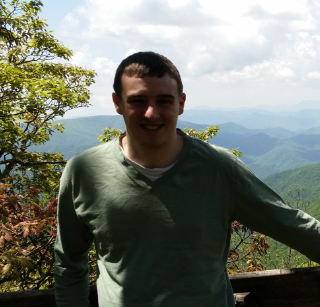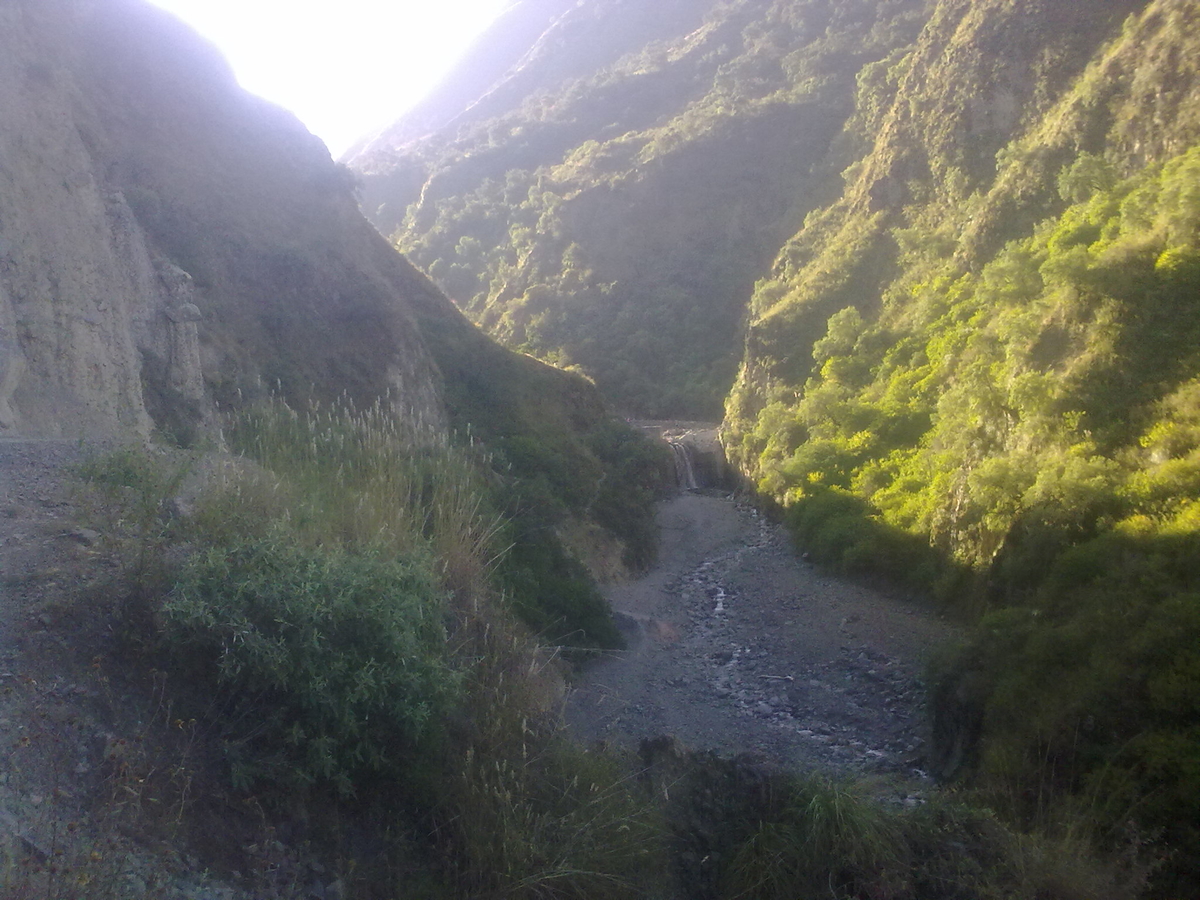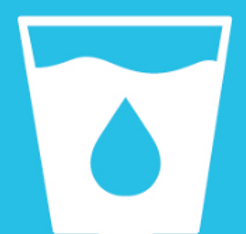
Jamie Perry, DTMH January 2017
“There must be something in the water” sang former American Idol pop-star Carrie Underwood in 2015. Yes Carrie, and depending on where you are on the globe that “something” might be Vibrio cholerae, Giardia, or any number of other water-borne pathogens.
Disclaimer: this song has literally nothing to do with tropical medicine, and is actually a lovely song about Carrie’s baptism. Apologies to Ms Underwood for blatant misuse of the lyrics!
In 2011 on my medical elective in Bolivia, we attended a rural outreach clinic at a children’s centre. I remember being advised that 2 weeks previously all of the children had tested positive for helminths, and we found that despite suitable medication some were again reporting abdominal symptoms. It was felt that the contaminated water supply was the likely source.

The family we stayed with explained that the very mountainous terrain in the region meant logistical challenges regarding water supply infrastructure. Their solution was a water filtration system within the house, and when we travelled we took bottled water.
5 years on, I’m pleased to find myself doing the 3-month Diploma of Tropical Medicine and Hygiene (DTM&H) course, and I’m reflecting on how important the “…and Hygiene” part of that title really is. Even back in 2011, I had recognised that knowledge of medication would only be a piece of the puzzle, and that ultimately it would be a futile exercise to treat children who would be re-infected by the same water supply later that day, but it was difficult to know how to tackle that in practice.
The spread of content taught on the DTM&H goes from the microscopic (labs), to the patient (clinical lectures), to communities (public health). For most of us the “patient” level is what we’re most used to and the other parts can potentially be a bit of a learning curve, but as demonstrated with the example above it is impractical to dissociate diagnostics from management, or from the giant can of worms (minimal pun intended) that is public health.

So, in practice, how do should we aim to make use of these new areas of knowledge as we go forward into our careers? As we’ve been reminded, we’re not expected to become lab experts overnight, nor water and sanitation engineers in an afternoon (despite the best efforts of a wonderfully enthusiastic lecturer who spoke about latrines in more detail than you ever thought possible). Perhaps it’s more a question of perspective. Already when I’m looking through NGO websites I’m finding myself more interested about whether their activity also demonstrates wider priorities (e.g. having a water and sanitation team, although there’s many other examples of these wider priorities) and focus on sustainability. This isn’t a mind-set I’d had before the course. We don’t need to pretend to be experts on things that we aren’t experts on, but it can be a useful thing to have enough knowledge to shape our priorities for how we work and who we work with.
One final thought. Goal 6 of UN’s 17 Sustainable Development Goals is now “Clean Water and Sanitation” for all. Only one goal (3) is specifically about Health. It would be easy to make the mistake on first glance of wondering why 16 out of the 17 goals aren’t tackling health, but maybe we’ve learned it’s not as simple as that…